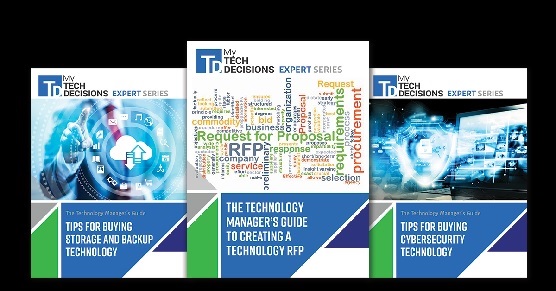The classrooms of today are considerably differently from classrooms only 10 years ago. No. 2 pencils and lined paper have been replaced by styluses and personal tablets, and messy chalk and chalkboards have been taken over by connected whiteboards and devices. Actually, nearly all middle and high school students have access to mobile devices and are using those devices for school. And, according to a 2014 report by Project Tomorrow, almost a third of those students are using a mobile device issued by their school system.
While mobile learning, or M-Learning, works its way further into educational institutions, administrators and their force of educators are faced with a new a new set of problems.
What happens when students break or lose their tablets?
How will our teachers and students learn to use these devices?
These issues and others are bound to come about as the education industry looks into new ways for leveraging mobile learning. Below are three must-haves to consider for implementing a successful mobile education plan.
A Service Plan Provider
A mobile device of any make or model is costly. Purchasing multiple devices for an entire district? You’re looking at an investment in the millions of dollars in many cases. But the cost of mobile education doesn’t end there. When handing over devices to students, particularly younger ones, schools open the door to accidental drops, spills, and misplacement.
Purchasing a new device for a single incident is one thing, but when dealing with district-wide M-learning, you’re bound to encounter breaks, malfunctions, and lost devices in large numbers. In just one example, when a Los Angeles school district planned to purchase approximately 45,000 iPads, Apple offered them a discount of nearly $200 per tablet. But even at the discounted rate the buy-in came in at $30 million – and that’s just to buy the devices!
For a cost like that it’s beyond necessary to look into service plan providers that will cover a district’s (or school’s) entire portfolio of devices, not just for part malfunction, but also for the inevitable accidents. When researching providers, consider one that will replace a damaged device quickly to avoid a gap in available devices for students. Also, to conserve time and energy, look for a provider that handles replacements in an easy-to-manage fashion that caters to a school’s availability.
An Inventory Tracking System
That LA school district and their $30 million implementation price tag? Well, due to equipment loss, that was just the start of their costs. Last year, an audit of computer inventory for the same school district revealed that 230 devices worth nearly $200,000 had been stolen or were missing. Additionally, school officials weren’t able to account for another 3,105 laptops, desktops and iPads. Yikes!
And that’s not unique to our LA example. A 2014 audit found that more than 2,200 New York City School computers were missing or unused.
Clearly, keeping track of thousands of mobile devices can be a costly problem for schools and their districts. When planning for a mobile education strategy, don’t rely on manual tracking methods with multiple points of data entry. Instead, implement an automated mobile asset tracking system that eliminates the time needed for manual entry, incorrect or mis-logged data, and the efforts required for auditing your inventory at the beginning and end of each year.
A Training Strategy
Although many of today’s students have grown up with smartphones and tablets, there’s no room to ignore training on issued mobile devices – for both students and educators. To get the most out of mobile devices issued by a school system, students and teachers must have access to training and troubleshooting for those devices. When exploring options and vetting providers, ask if any support of training initiatives is offered. If not, it’s important to research other options, or dedicate time outside of regular school hours for training staff. Once the staff is up to speed on the technology, including troubleshooting, students will also need a training program.
When working mobile devices into a school system’s curriculum, consider a handful of secondary programs that will protect the investment long team and make the mobile learning plan successful. While inventory tracking systems, service plans and structured training schedules may seem necessary at first glance, all three have proved to be the educated choice in order to avoid costly mistakes and missteps that come with the use of mobile devices in a classroom.
Roger High is the VP of Warranty at Fortegra, a single source insurance services company that offers a range of specialty program underwriting, credit protection and warranty solutions through a network of preferred partners.
If you enjoyed this article and want to receive more valuable industry content like this, click here to sign up for our digital newsletters!










Leave a Reply